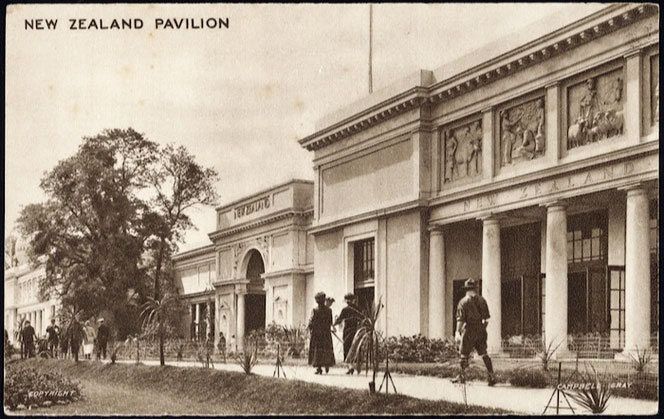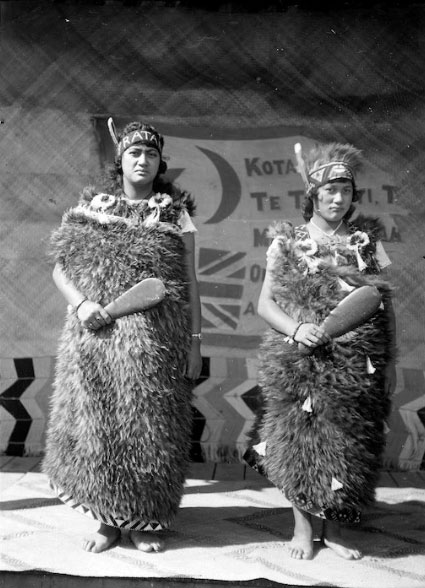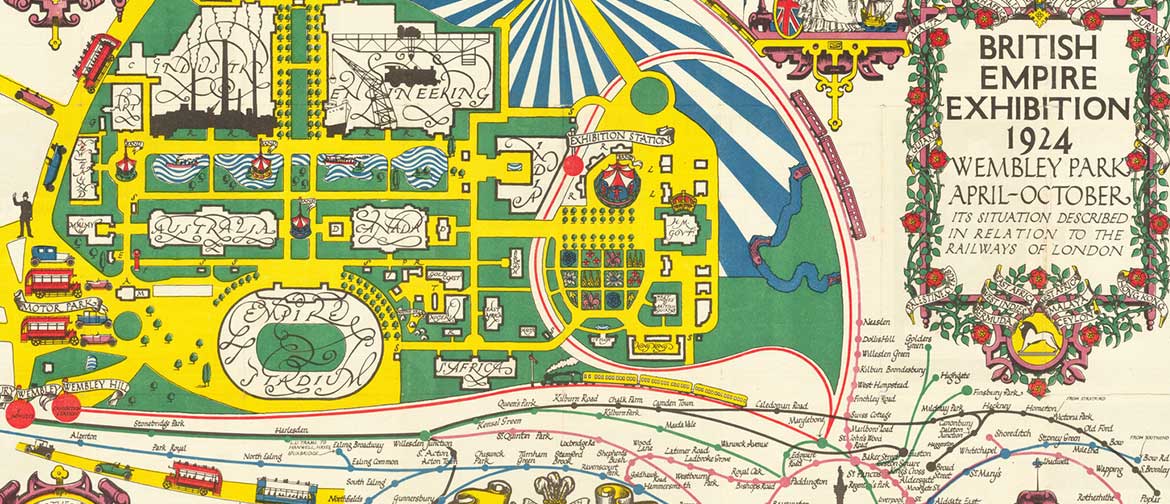Dick Shore created his puzzle for the British Empire Exhibition of 1924-1925. Miss Coldstream’s puzzle would originally have been bought by a visitor to the Exhibition.
Set in the London suburb of Wembley, where football’s famous Wembley Stadium now stands, the Exhibition spread over 220 acres (just short of 90 hectares). That’s more than twice the size of Disneyland and fifteen times the size of Palmerston North’s Square / Te Marae o Hine.
That huge space gave ample room for commercial, technological and artistic displays; national pavilions, an artificial lake, restaurants, cinemas and an amusement park.
People in Britain needed amusement and cheering up at that time. The dreadful losses and chaos of the First World War still haunted most people. While open, the Exhibition attracted approximately 25,000,000 visitors. At the time London had a population of roughly 7,400,000.
The organisers emphasised the educational benefits the Exhibition held for children and working-class families. They claimed that visitors learnt more about the Empire in a few days than they might after months of actual travel through the Empire’s possessions.[i]
Naturally New Zealand had its own pavilion, albeit tucked in near the boundary and dwarfed by Australia and Canada. We had some great exhibits to show off! They included a reconstruction of a moa.
Martha and Piki Ratana represented Te Ao Māori. Here we see them at Whanganui on 7 May 1924 shortly before they sailed to England for the Exhibition. They are wearing kahu huruhuru (feather cloaks) and holding patu.
Artifacts on show in the New Zealand pavilion included a butter and cheese knife, a proud reference to our biggest export.[ii]
Carpenter and luthier James Williamson displayed some of his violins and won an award. Originally from Shetland, Williamson started his career in Mākōtuku and Feilding. He described his violins as made on the ‘Feilding model’.[iii]

The New Zealand pavilion at the Exhibition. Photo courtesy of National Library: Campbell-Gray Ltd; Fleetway Press, London

The Ratana sisters, Martha and Piki. Photo courtesy of National Library: taken by Z A Morton, probably in Whanganui.
[i] Anne Clendinning, ‘On the British Empire Exhibition, 1924-25’, in Dino Franco Felluga, ed.
[ii] See this and other objects from the exhibition
[iii] Russell Poole, ‘Tailpiece’, Manawatū Journal of History, no. 17, 2021, p. 84.




